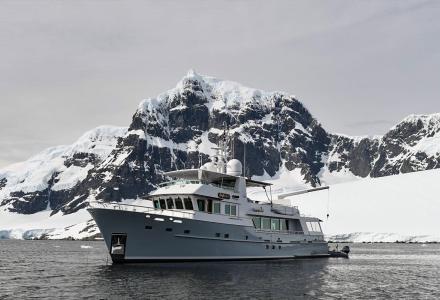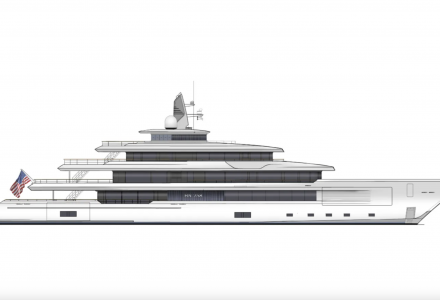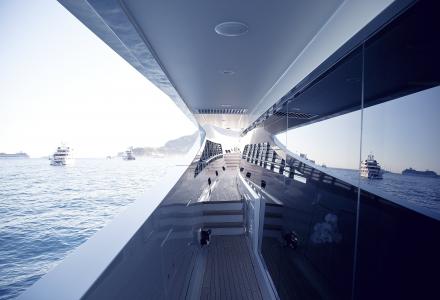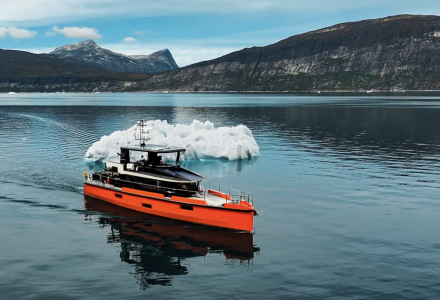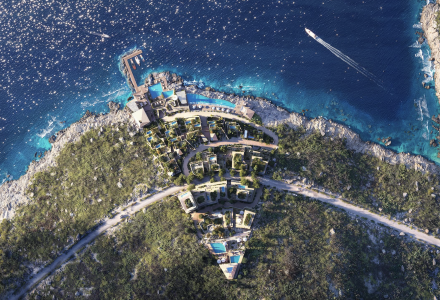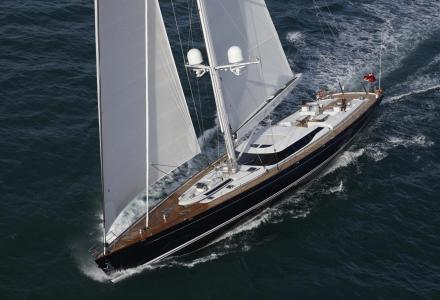A 29-metre explorer yacht Gayle Force designed by Dutch studio Vripack, has recently embarked on an incredible year-long voyage. The vessel has already cruised through Antarctica, Patagonia and Chile and is now on its second leg cruising.
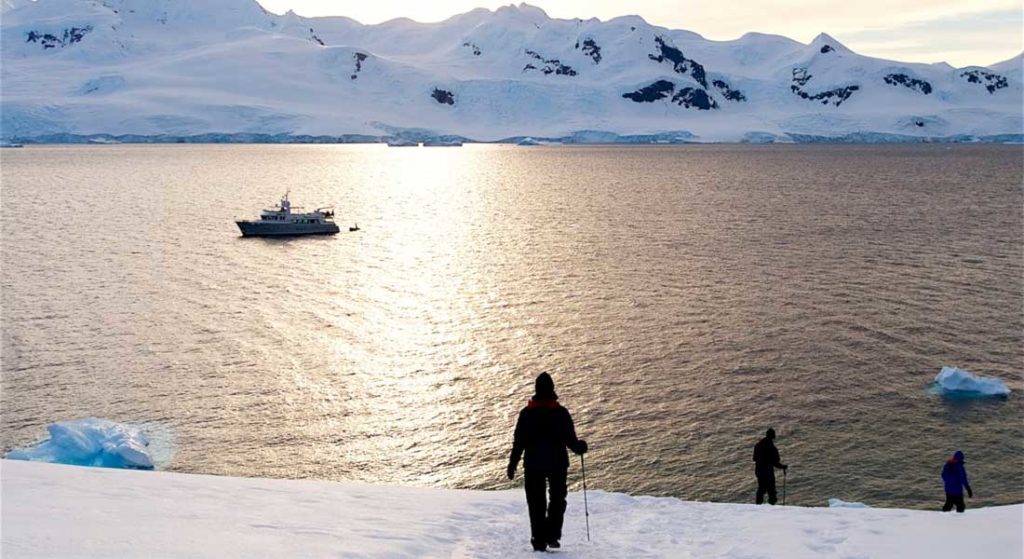
Gayle Force is a considerably small vessel compared to those ventured to Antarctica. However, her size does not affect her ability to reach the Southern Peninsula with her owners’ determination, her captain’s confidence, and their faith in proven construction and engineering teams.
Originally built in the Netherlands in 2003 by Bloemsma & Van Breemen under the name Patriot, Gayle Force represents a part of Vripack’s Doggersbank Offshore series. Known for its heavy-duty use, low emissions, clean engine rooms and long-lasting equipment, the Doggersbank recaps Vripack’s design philosophy of safe, durable yachts with light and comfortable interiors. Over 500 Doggersbanks have hit the water over the past 50 years, built by a variety of shipyards.
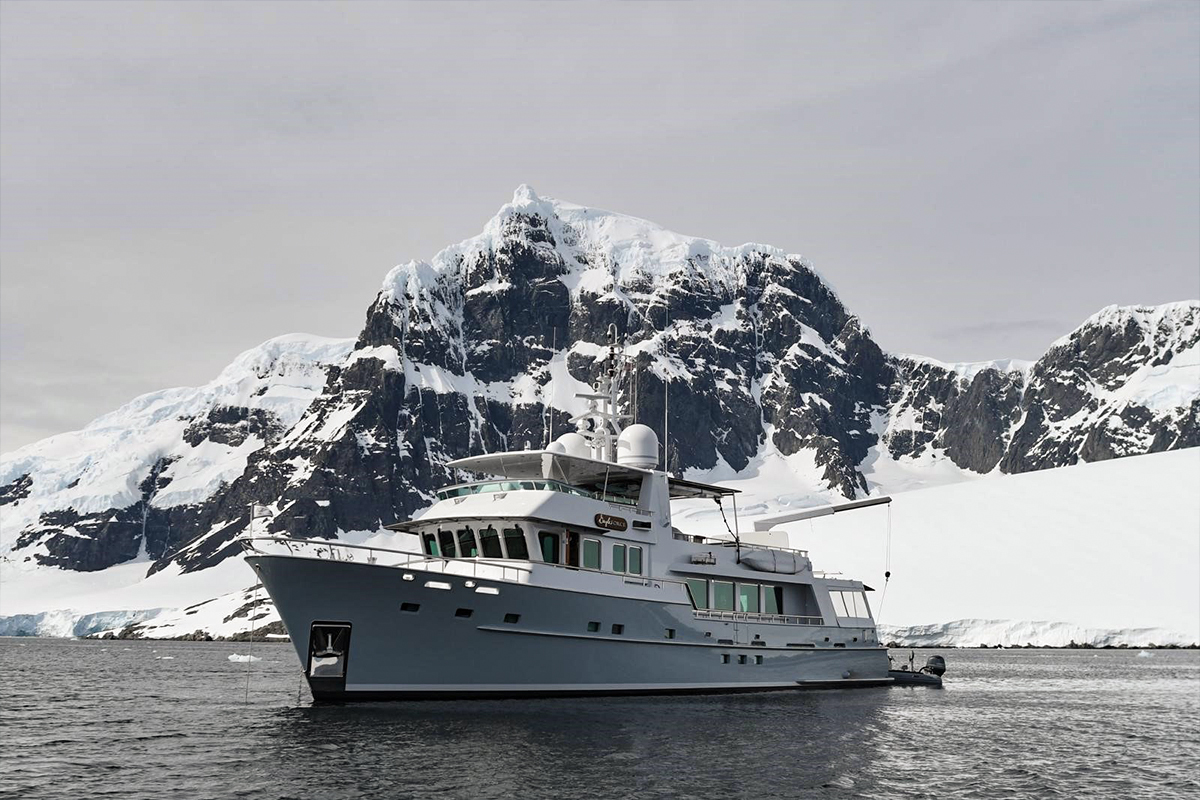
Wayne and Gayle Laufer, the owners of Gayle Force, acquired the megayacht as a brokerage buy. Thus, the vessel now bears the name of one if her owners. Meanwhile, her former owners made alterations that didn’t suit the Laufers’ goal to go to Antarctica. Thus, Gayle Force and her captain, Scott Whittaker (30 years of marine industry experience), spent 20 months at Derecktor Shipyards from 2017 to 2018, going through extensive refit.
Scott Whittaker explains:
One of the biggest things that Vripack helped us with was weight/balance. We ended up taking around 25,000 pounds off the bow of the boat, and replacing the unnecessarily large 23mm anchor chain with the original 16mm version. We also converted the crew lounge into a third guest cabin, and importantly added zero speed stabilisers. I really feel that with an expedition boat, the only defence you have is to slow down.
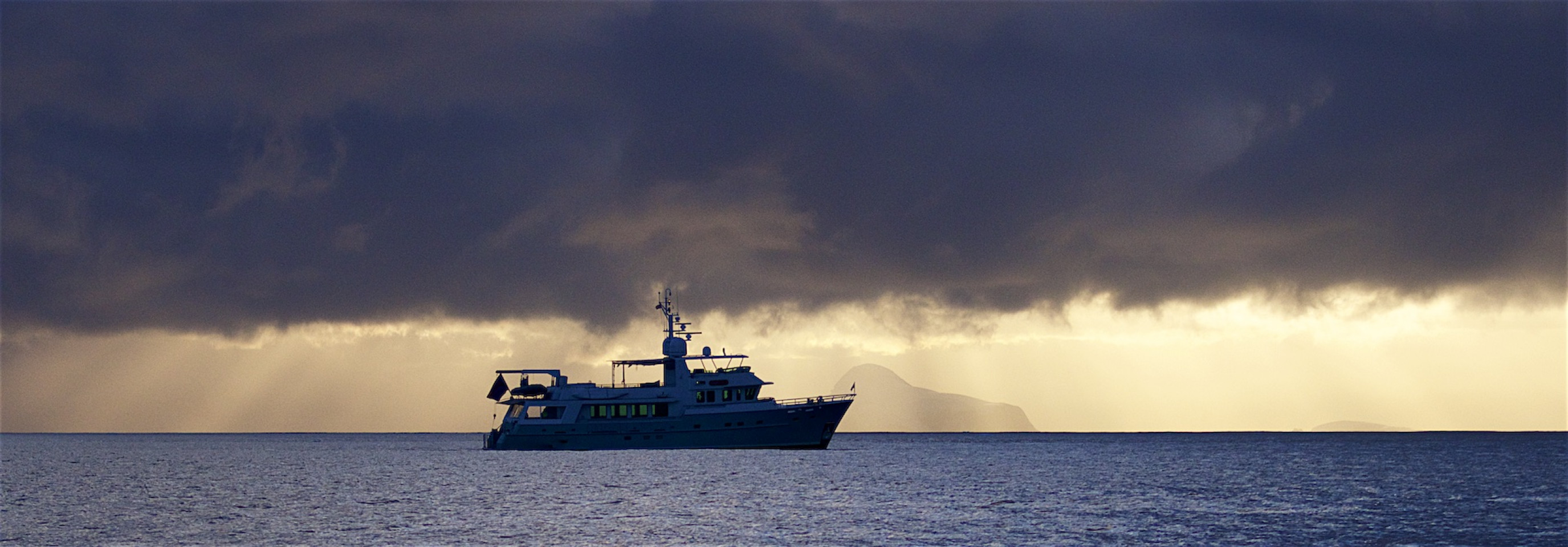
On 20 November, 2018, Gayle Force left Panama City, Florida, and made a non-stop journey of 3,800 nautical miles to Valparaíso, Chile. For Captain Scott, it demonstrated that the yacht had a solid range of 5,000 nautical miles, if not 6,500, which was huge for a small boat.
Further they spent a few weeks cruising around Patagonia accompanied by ice pilot and naturalist. They experienced “relentless winds and high seas, and the boat took a phenomenal beating, as did the crew”. For the Laufers though, despite being in their 70s, the rough conditions only added to excitement.
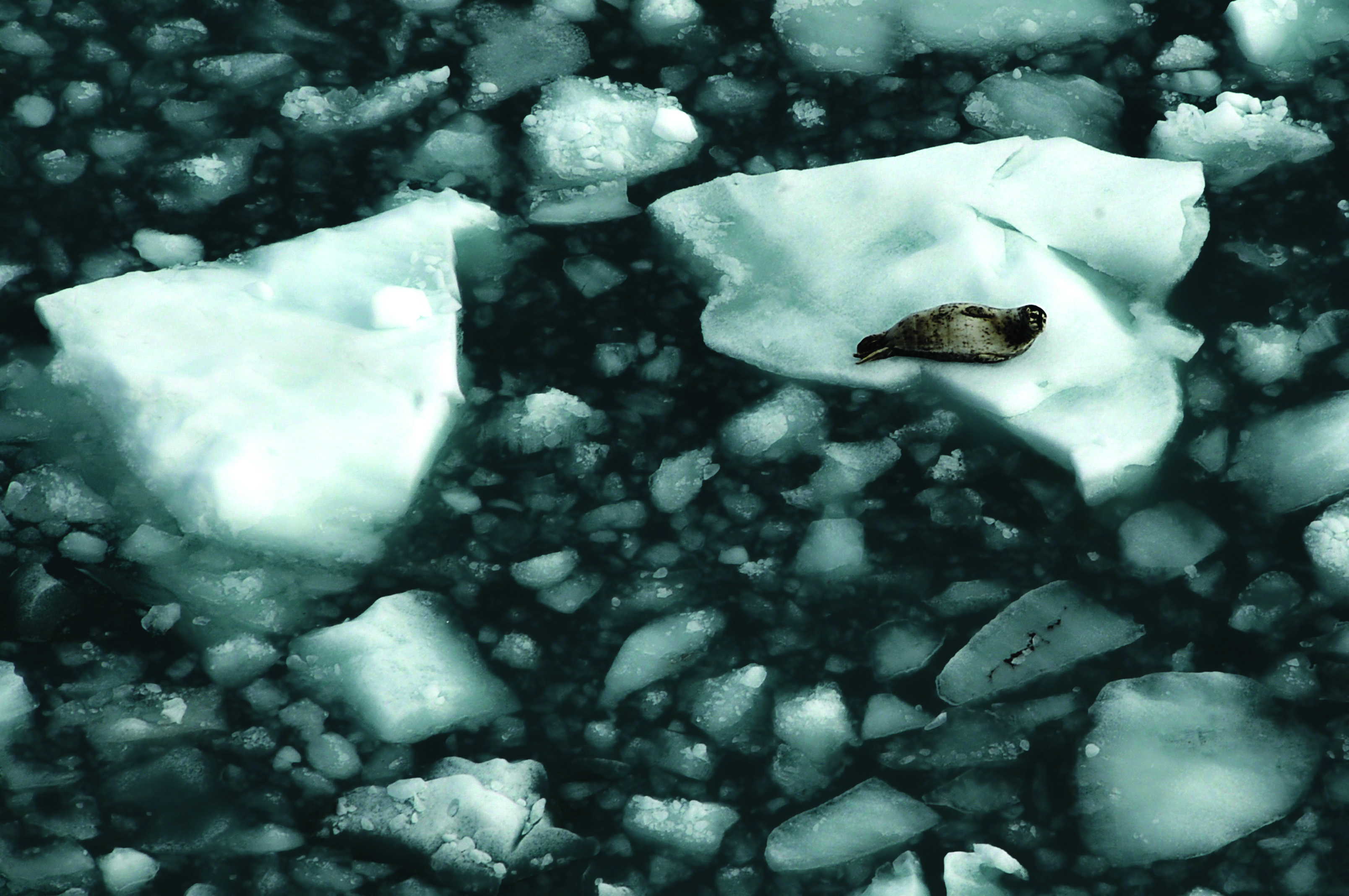
On the journey, they witnessed abounded wildlife, with humpback, fin and blue whales aplenty. Penguins were in their thousands, and every type of seal was sighted. The highlight for Captain Scott, however, were the two nights spent drifting with the ice in the Gerlache Straits:
We had amazing evenings there, it was truly beautiful. It felt like something out of Space Odyssey, semi-light out, just watching the ice, silently drifting together.
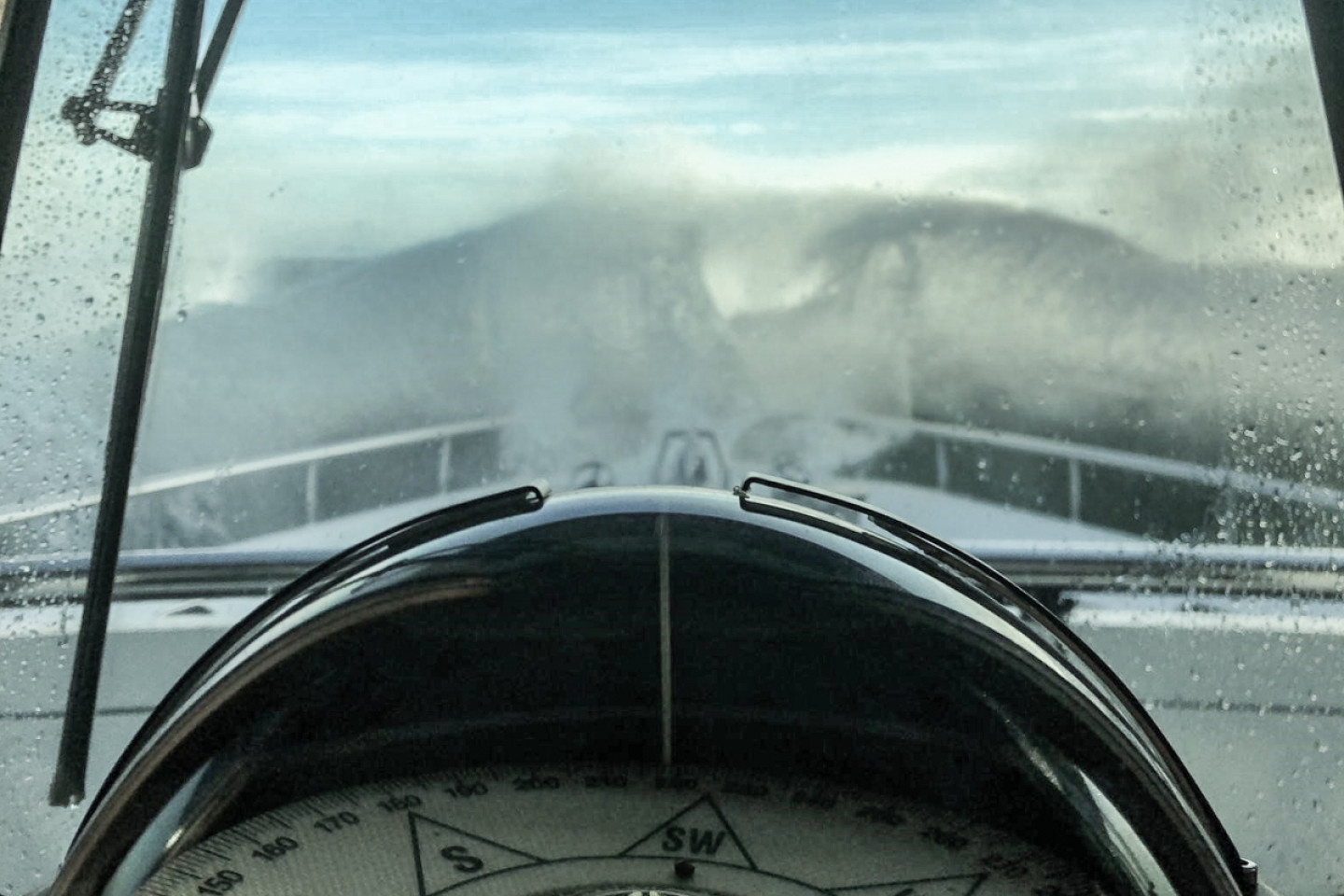
The next phase of the year-long voyage will see Gayle Force heading to Robinson Crusoe Island, before moving on to Galapagos, and Cocos Islands. For both the Laufers and Captain Scott, a key element of the enjoyment is “to tie the history of the boat back” and to see Gayle Force do “what she was built for”.
Vripack is a yacht design studio, made strong through its extensive naval architecture and engineering experience. Since the opening in 1961, the studio’s portfolio now counts over 7,400 designs. Meanwhile, American builder Derecktor Shipyards, responsible for Gayle Force' refit, is now building new US facility for vessels over 60m.
